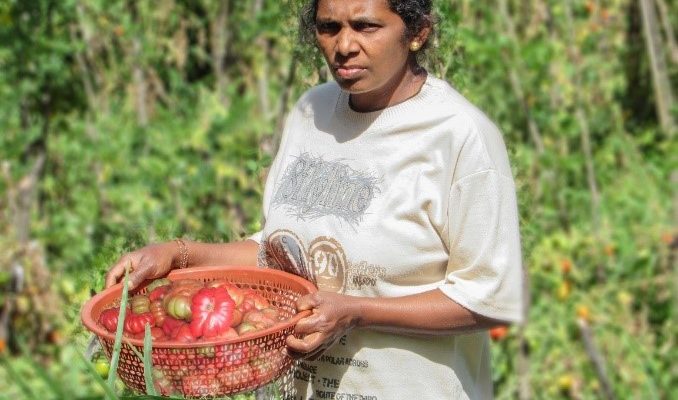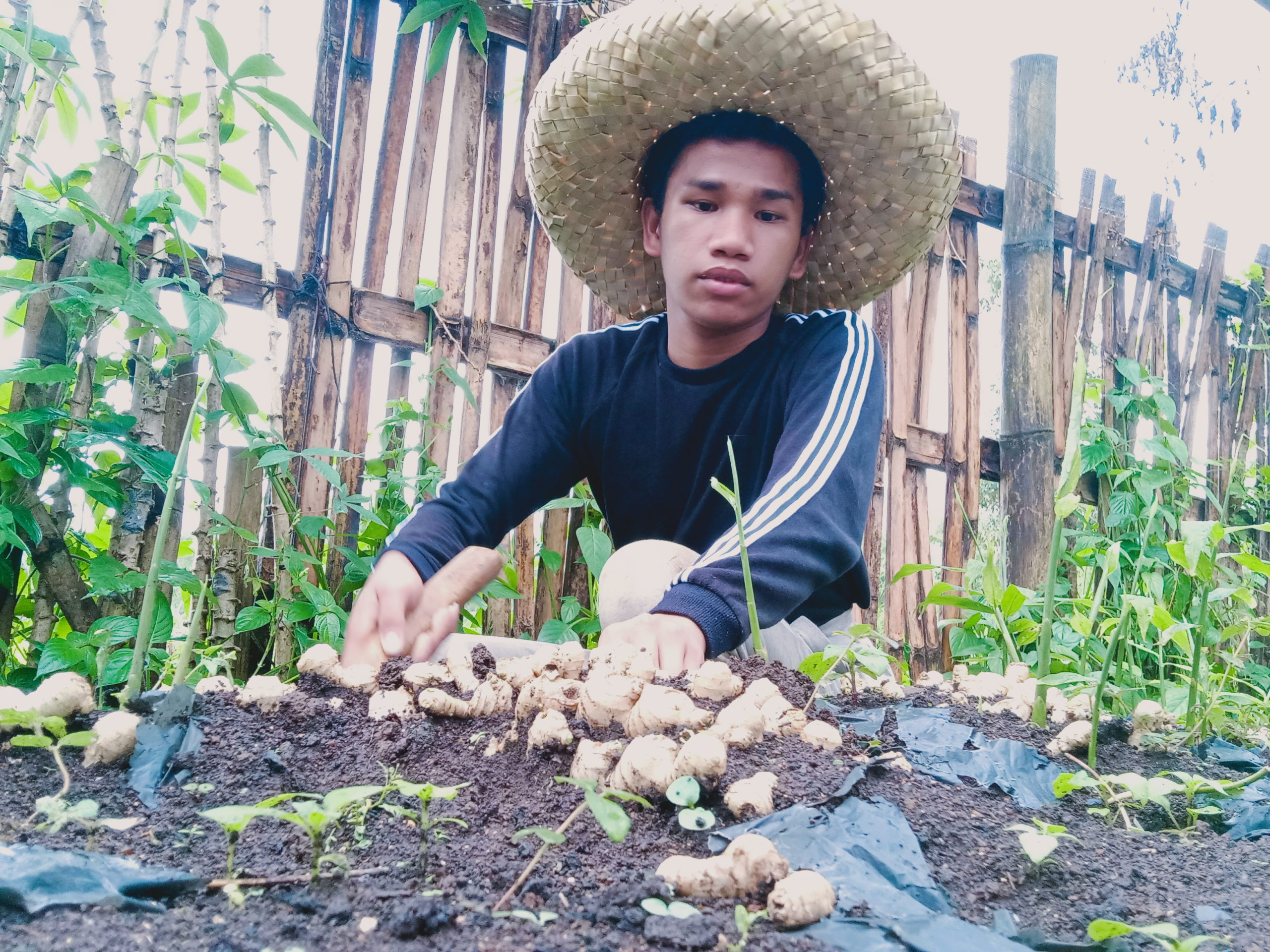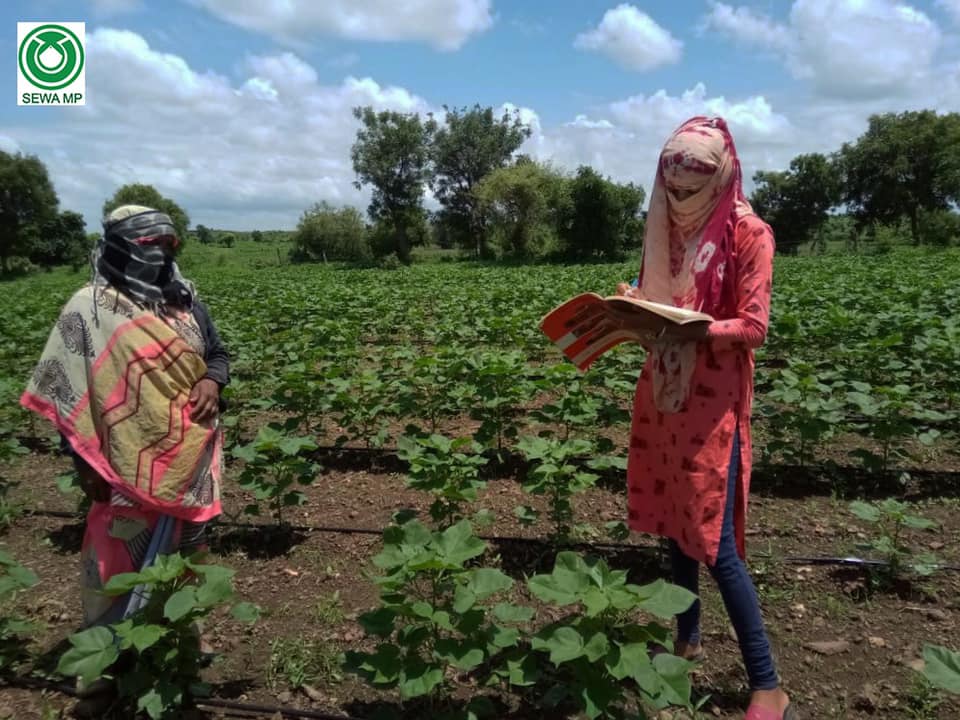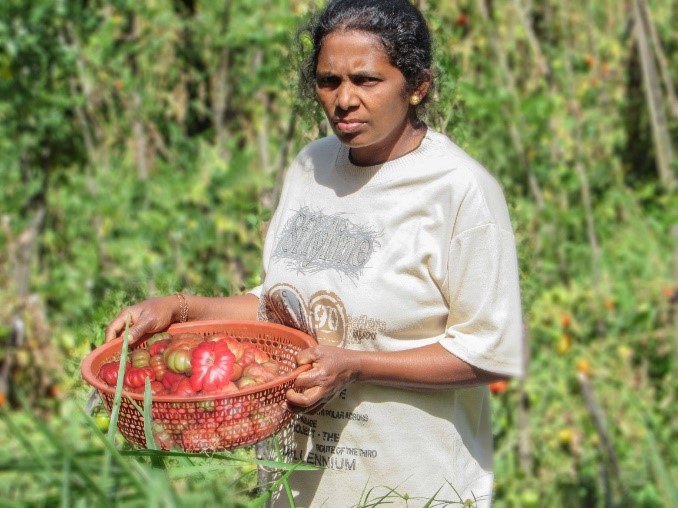This article is originally published by Mongabay.
Our food systems are under enormous strain. As the climate crisis deepens – as highlighted by the recent report from the Intergovernmental Panel on Climate Change – extreme weather events are growing in frequency and severity, with droughts, floods and storms devastating crops, disrupting water supplies and taking a high toll on agricultural production. These stresses have also been exacerbated by the COVID-19 pandemic and international conflicts, such as the invasion of Ukraine.
In a vicious cycle, current food systems – which rely heavily on industrial agriculture and fossil fuel extraction – are contributing to many of the very crises that make them vulnerable. Today, food systems are responsible for almost one-third of all greenhouse gas emissions. Agriculture alone uses 70% of the world’s freshwater and is the single greatest driver of habitat and biodiversity loss. The plummeting diversity of pollinators and natural pest control species, as well as worsening soil health, threatens the ecological foundations of farming.
Food systems are also failing workers. One in four people globally earn their living from farming in one way or the other. And yet for many, their livelihoods are defined by low pay, poor job security, no social protection and often dangerous working conditions. Growing land inequality directly threatens the livelihoods of £2.5 billion people involved in smallholder agriculture, and now means that 1% of farms operate 70% of world’s farmland, with a greater emphasis on quick profits from destructive monocultures and less on safeguarding the environment for future generations.
The culmination of a lack of sustainability, resilience and equity means that at a basic level, food systems are failing to feed the world’s population and hunger is rising. As of 2021, an estimated 702–828 million people, mostly rural, were affected by hunger, and about 2.3 billion people – almost one-third of the global population – were moderately or severely food-insecure.
Dangers of simplistic solutions
It’s clear that we need to urgently transform the ways we produce, trade and consume food. But how? The cross-cutting impacts of current food systems mean that simplistic and short-term solutions focused on addressing one issue are likely to make matters worse. For example, the combination of the current rising food and fertilizer prices heightens the risk that incentives are created for clearing land for extensive agricultural production, particularly in areas with poor environmental and land governance and enforcement capacity. But this will undermine our longer-term climate and nature-related goals, whilst further marginalizing farmers with insecure land rights.
Positive transformation of food systems will require a holistic approach. It must not only reduce its environmental impacts but do so in a way that’s fair to the people whose livelihoods depend on food production. This means distributing the burdens and benefits of the transition fairly across global food systems and involving food producers and local communities in decision-making so that they have a real say in the changes that will affect them. Although everyone should be helped to adapt to new ways of working, we need to remember that the poorest and most marginalized must be the primary beneficiaries and key partner actors of a transition.
We’re not going to pretend that this will be easy. But it is possible. With the right principles in place, and if conscientiously adopted, we can avoid the pitfalls of simplistic or piecemeal solutions and ensure that food producers and rural communities take their rightful place at the heart of a stronger, fairer, more sustainable food systems.
Building blocks of fairer food systems
To make concerted progress towards global food systems that work better for human well-being, natural ecosystems and the climate, we must take a rights-based approach and embed ecological sustainability, climate resilience and inclusive, participatory decision-making at the heart of the principles for the transition. We must heed calls from smallholders, local communities and Indigenous peoples to have clearly defined land and self-determination rights, market access and a say in the future of food systems.
Farmers and others who are expected to change must have the right support, incentives, resources and skills to maximize their chances of participating in the new food systems. This will include re-skilling people, especially the rural youth, so that they can make the most of the opportunities and livelihoods offered by the new systems.
The themes of cooperation and shared responsibility should be enshrined at the global level. Financial and technical support should be given to those regions, industries, workers and citizens who are most vulnerable and have the least capacity to take part in the transformation. And the burden of shifting to more sustainable, low-carbon, resilient food systems should be borne mainly by those with the greatest resources and the most cumulative responsibility for environmental harm.
Local realities
Principles like these aren’t a panacea, especially for something as large and complex as global food systems. High-level vision must translate into concrete actions that are grounded in local realities and priorities if they are to achieve positive change. For the transition to be truly just, it will need to be designed with the active participation of producers through their organizations and cooperatives and tailored to each local context – whether that’s drought-stricken herders of the Kenyan rangelands or cash-strapped rice farmers of the Mekong Delta.
Ultimately, fixing our food systems will enable us to not only feed the world for generations to come, but also safeguard our climate, create thriving rural communities built on equitable livelihoods and nurture healthy and diverse ecosystems. It is not an opportunity to be missed.
Dr. Babafemi Oyewole is CEO of the Pan-African Farmers’ Organization and Estrella Penunia is Secretary General of the Asian Farmers’ Association.
This article is originally published by Mongabay.







Comments are closed